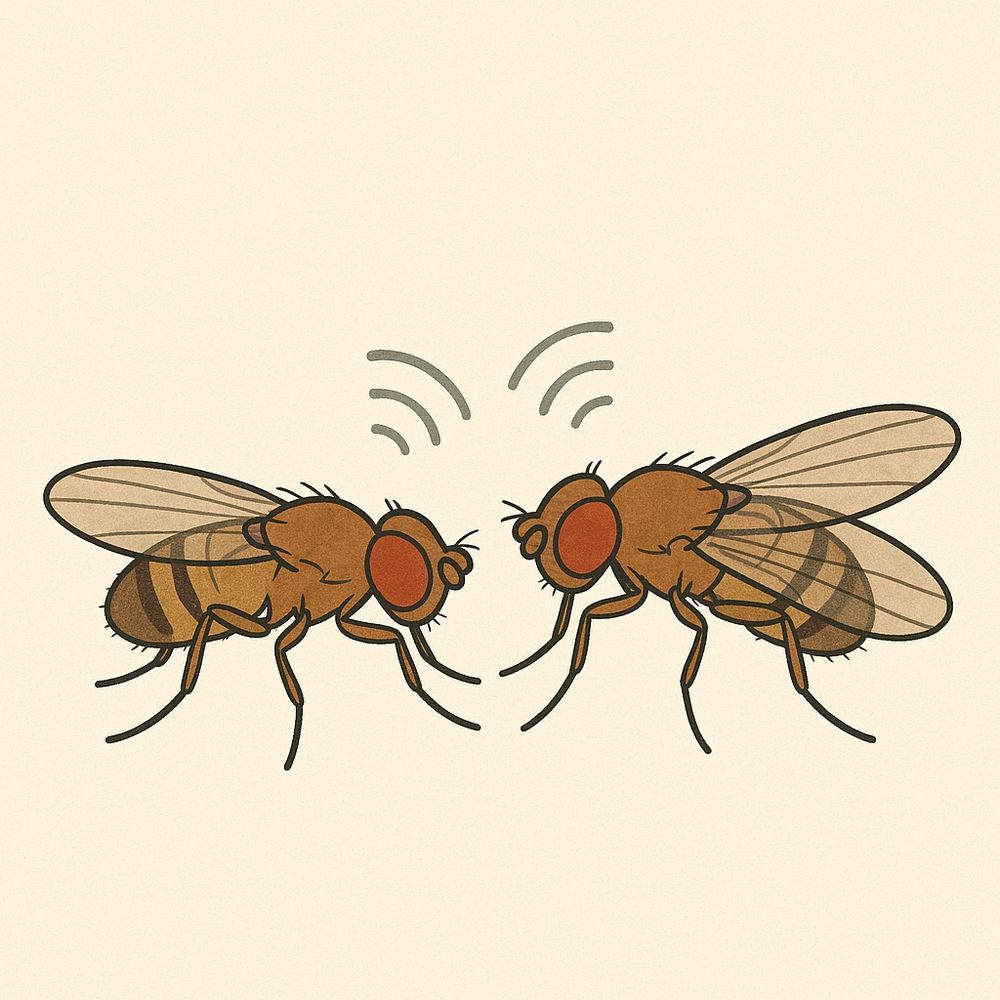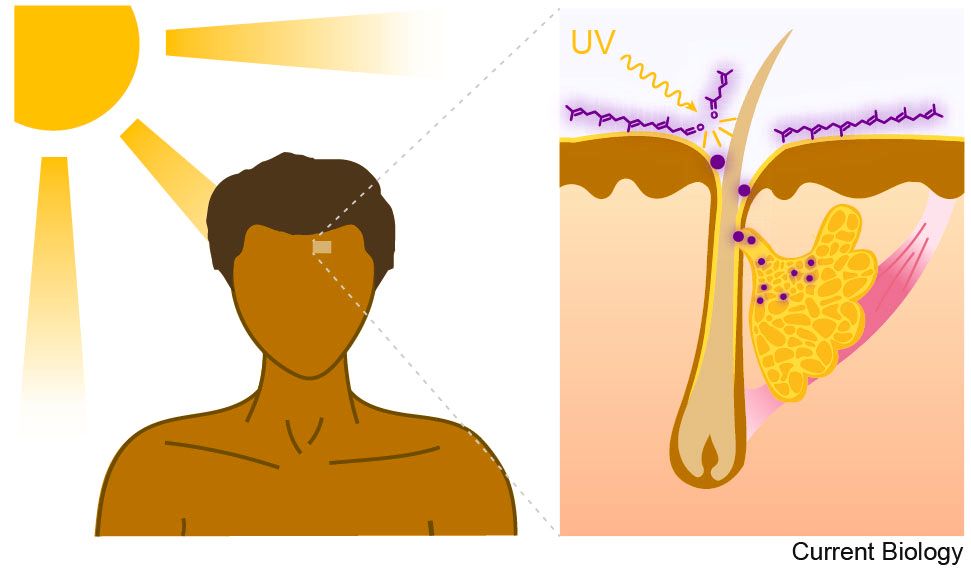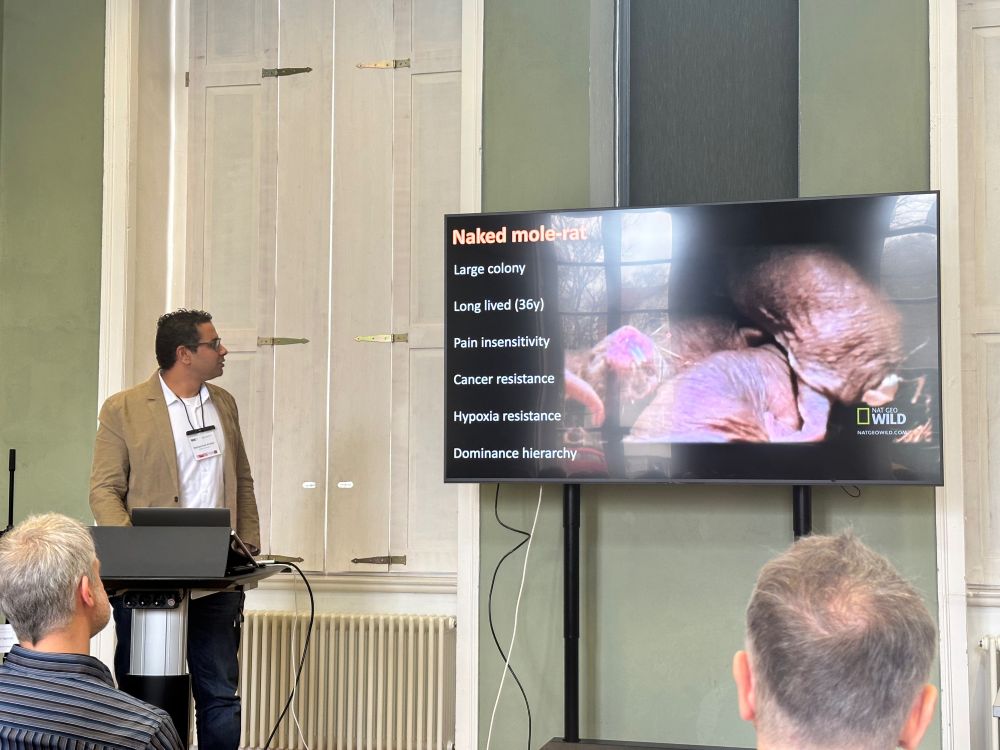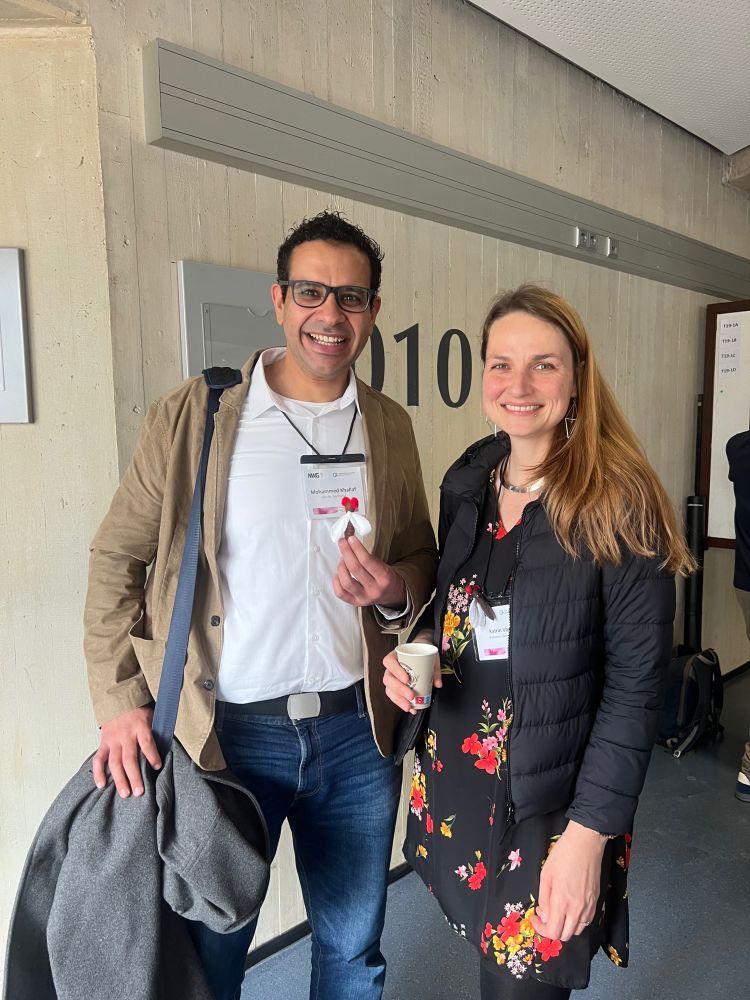
https://scholar.google.com/citations?user=ax7a1CwAAAAJ&hl=en
www.nature.com/articles/s41...

www.nature.com/articles/s41...
'From neurons to novelty: Circuit mechanisms shaping courtship evolution'
We argue that now is a great time for neuro-evo research
www.sciencedirect.com/science/arti...

'From neurons to novelty: Circuit mechanisms shaping courtship evolution'
We argue that now is a great time for neuro-evo research
www.sciencedirect.com/science/arti...
Many thanks to the amazing team that made the weird fun (but not the fun weird): Madison Walker,
@jacoporazzauti.bsky.social, Anurag Sharma, Amalia Pasolli, and the almighty @leslievosshall.bsky.social

Many thanks to the amazing team that made the weird fun (but not the fun weird): Madison Walker,
@jacoporazzauti.bsky.social, Anurag Sharma, Amalia Pasolli, and the almighty @leslievosshall.bsky.social
🦔 www.findaphd.com/phds/project...

🦔 www.findaphd.com/phds/project...
Work by @Jeff Moore now at USC, a collaboration with @Sam Pfaff lab


Work by @Jeff Moore now at USC, a collaboration with @Sam Pfaff lab
Recent work from Joe Ouadah:
www.biorxiv.org/content/10.1...

Recent work from Joe Ouadah:
www.biorxiv.org/content/10.1...
Apply here by Nov 30th!
(thanks for reposting)
career5.successfactors.eu/sfcareer/job...
Apply here by Nov 30th!
(thanks for reposting)
career5.successfactors.eu/sfcareer/job...
We discovered that the fruit fly #drosophila erecta requires food odor to mate and arousal is further enhanced by social group motion.
Cross-species analysis of brain activity reveals a novel gate evolved from within a conserved circuit
shorturl.at/gGYm7

We discovered that the fruit fly #drosophila erecta requires food odor to mate and arousal is further enhanced by social group motion.
Cross-species analysis of brain activity reveals a novel gate evolved from within a conserved circuit
shorturl.at/gGYm7

www.biorxiv.org/content/10.1...

www.biorxiv.org/content/10.1...
www.helmholtz-hzi.de/en/research/...
@Qi_Xue_94
. We discovered three mechanisms for olfactory adaptation in the fruit pest Drosophila suzukii, two of which are novel .Well Done Qi; you will be a great professor. www.biorxiv.org/content/10.1...

@Qi_Xue_94
. We discovered three mechanisms for olfactory adaptation in the fruit pest Drosophila suzukii, two of which are novel .Well Done Qi; you will be a great professor. www.biorxiv.org/content/10.1...





Registration is open; more info:
events.gwdg.de/event/1003/

Registration is open; more info:
events.gwdg.de/event/1003/




